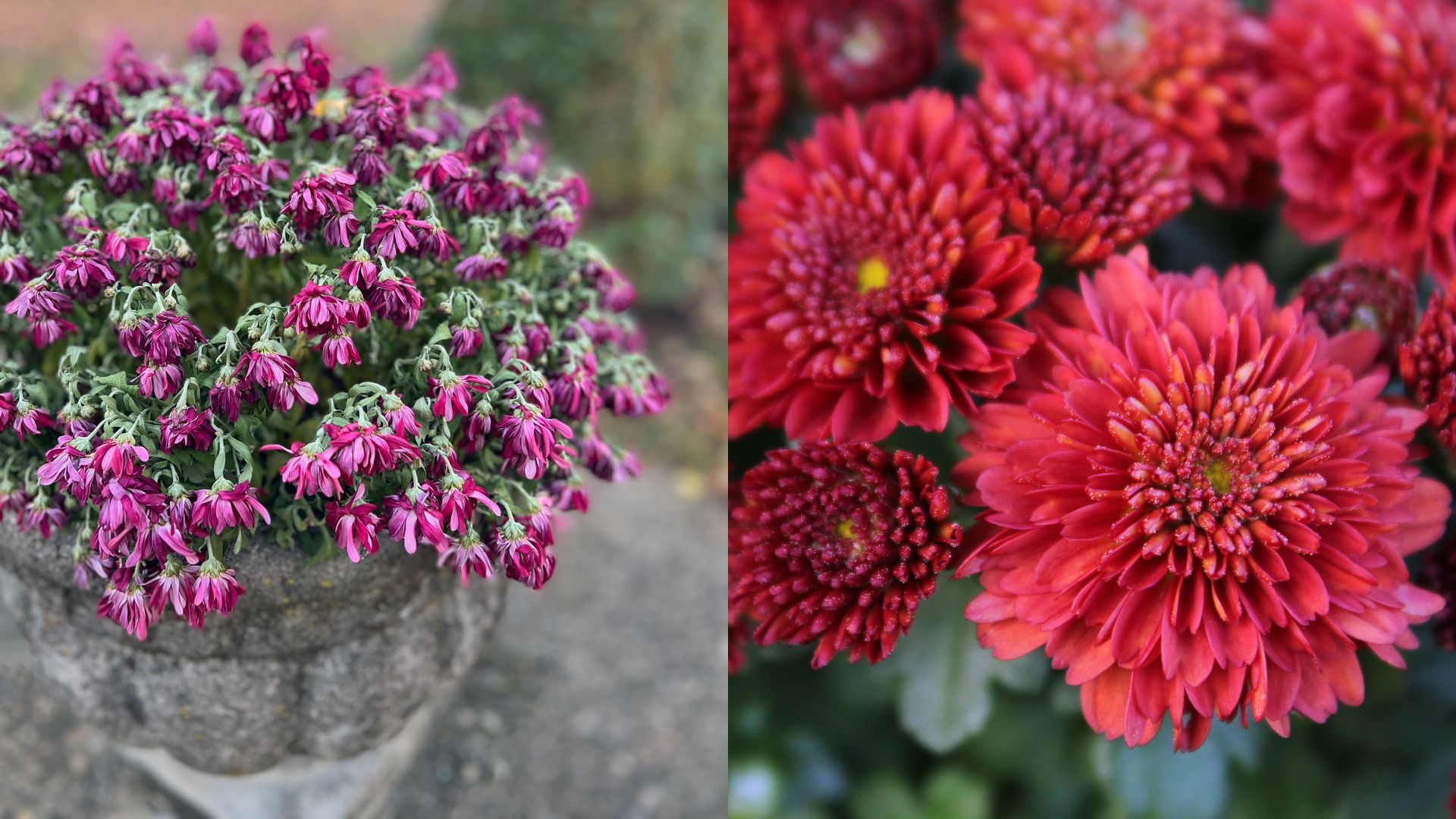Garden centers in the fall are filled with various flowering plants, especially chrysanthemums, and you can grow them to extend the season. At some point, these container-grown mums will start to die off and they’ll be anything but visually pleasing.
Not many gardeners will decide to buy mums in this condition. However, some may ask themselves if it’s possible to grow already-dead mums in the garden.
In this article, I’ll give you the answer to this question and show you what to do with mums during this period.
Let’s get started!
So, Can You?
This may surprise you but, yes, you can grow already-dead mums. If you buy perennial mums, you can expect them to come back year after year. The annual varieties can also do well and will last long if bought in this condition.
The whole story begins once the mums finish their flowering season. The stems will soon start to dry up and turn brown. This is the perfect time to decide on the next step. You can plant your mums in pots for overwintering.
This is typically done with perennial chrysanthemum species because they’re hardy and can survive winters in zones 5 through 10.
The essential thing is to look at the inner stems of the plant; if they’re green, you can move on to potting!
Let’s see the entire process!
Steps To Take After The Growing Season
No matter if you decide on discarding or replanting your mums, there’s one essential step to take at the end of the blooming season.
Always deadhead these plants by pinching off the blossom’s top section. You should remove the blooms that have brown spots to encourage the production of new blossoms.
The plant won’t need to use more energy on those blooms and it will reward you with new ones. You can boost growth by replanting your mums in a larger container.
Once your chrysanthemum stops blooming completely and turns brown, you can plant it in your garden.
Potted mums look dead and dry during the fall, but if there’s a green color in the inner stems, nothing is lost! Simply hold your chrysanthemum at the base and pull it out from the pot.
It may seem like a good idea to remove these dead stems but skip that part, please. Remember, these dead sections actually have their function and will protect the living plant parts.
If the inner stems are green, you can expect new growth as soon as the new season arrives. Of course, the perfect time to plant mums is in the fall, before the first frost hits your region.
The Ideal Conditions
Providing your mums with the right conditions is the only way to avoid issues. You should find a sunny or partially shaded spot in your garden; if you live in an area with warmer winters, partial shade is a better option.
After you find the ideal location, it’s time to check the soil and amend it if necessary. Compact soils, such as clay, can inhibit the growth of your mums. In this case, you’ll need to enrich the soil with fast-draining ingredients.
Fertilizer isn’t typically necessary, but if you want to boost the nutrient levels, you should go with phosphorus-rich fertilizer to encourage root growth. After the plant starts growing in the spring, you can switch to fertilizers rich in nitrogen to encourage new growth.
Those who live in snowy areas should protect their mums from freezing temperatures by adding a layer of mulch over the soil. There are various mulch types to use, such as straw, wood chips, or leaf mulch. This is a common technique for maintaining fall garden mums.
Do not use any mulches that contain chemicals because they can affect the growth of your chrysanthemums.
And as soon as spring arrives, don’t forget to remove all the dead parts on your mums to encourage new growth.
Don’t give up on your lifeless-looking mums! They can still be planted in your garden and display spectacular blossoms the next season!



